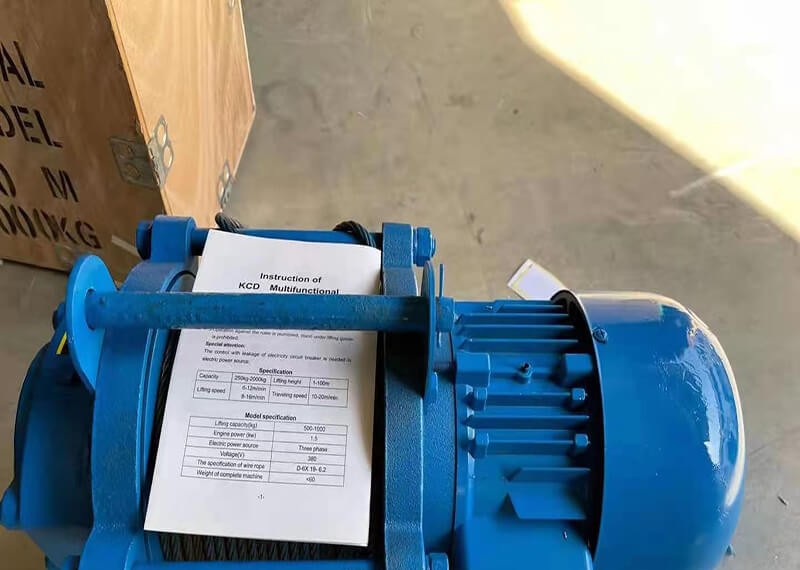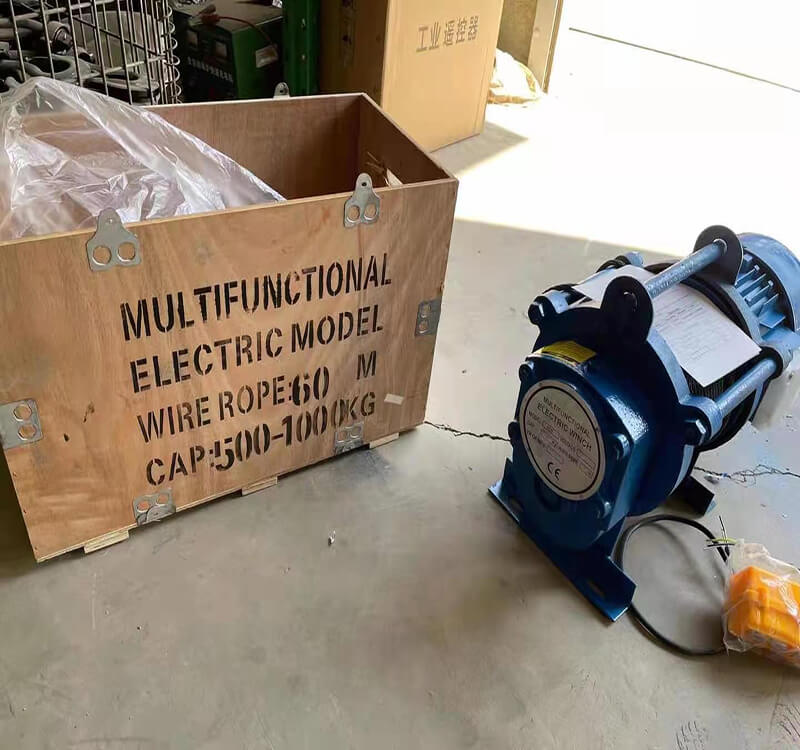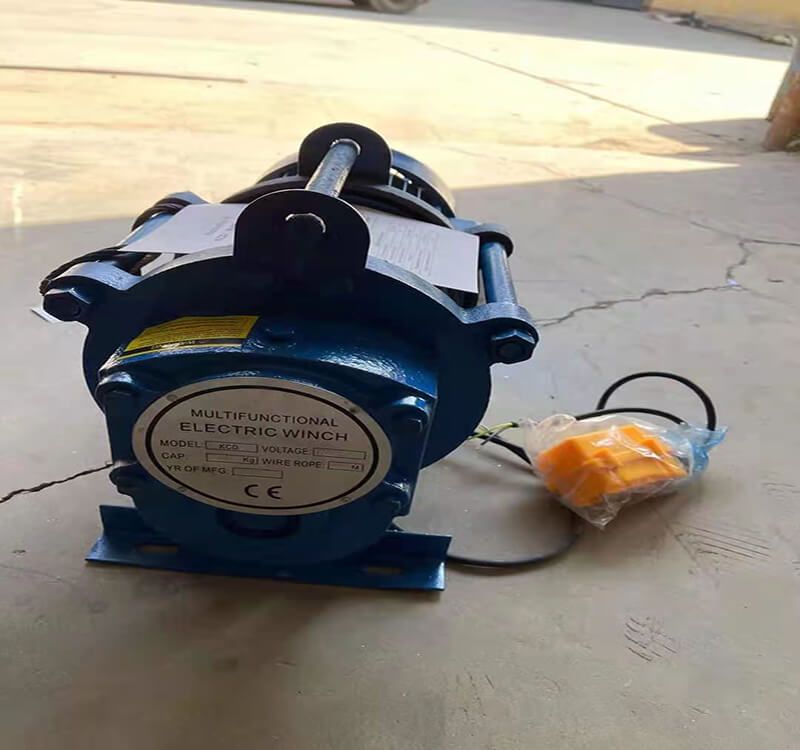
Winch vs. Hoist
While they look similar, winches and hoists are made to do separate things. A winch is designed to pull a heavy load horizontally over a slightly inclined or level surface, and a hoist is designed to lift a load vertically over steeper inclines that are greater than 45 degrees. Both tools can make heavy lifting tasks easier. However, it’s important to ensure you’re choosing the right equipment for the job. Learn about the differences between a hoist and a winch:
What Is a Winch?
Winch systems are devices used to wind a cable or a rope in or out, so that the resulting tension pulls an object. The winch drum is powered manually or by air, electricity or hydraulics. Most winch drums are made of fabricated steel and are designed for a specific load capacity. A simple winch, such as a manual one, consists of a rope or cable wound around a drum or barrel. More complex industrial winches, like electric winches, are used to tow automobiles, boats or to help move pieces of heavy equipment.
What Is a Hoist?
Lifting heavy objects, like an engine block or construction material may seem like a perfect job for a winch, but that’s not always the case. Instead, use a hoist for jobs that require you to lift or lower a load. Hoists are typically made with chain or wire rope, and can be operated manually or by powered motors. Powered hoists include all those that are driven by electric, hydraulic or pneumatic motors. Manual hoists include all those that are ratcheted, levered or hand cranked. Electric chain hoists are ideal for mechanics and machine shops because they can be plugged into any standard electrical outlet. Air chain hoists are recommended for lifting heavy materials in flammable, dusty or dirty environments.
Dongqi Group shipped 2 sets of electric winchs to UAE:




